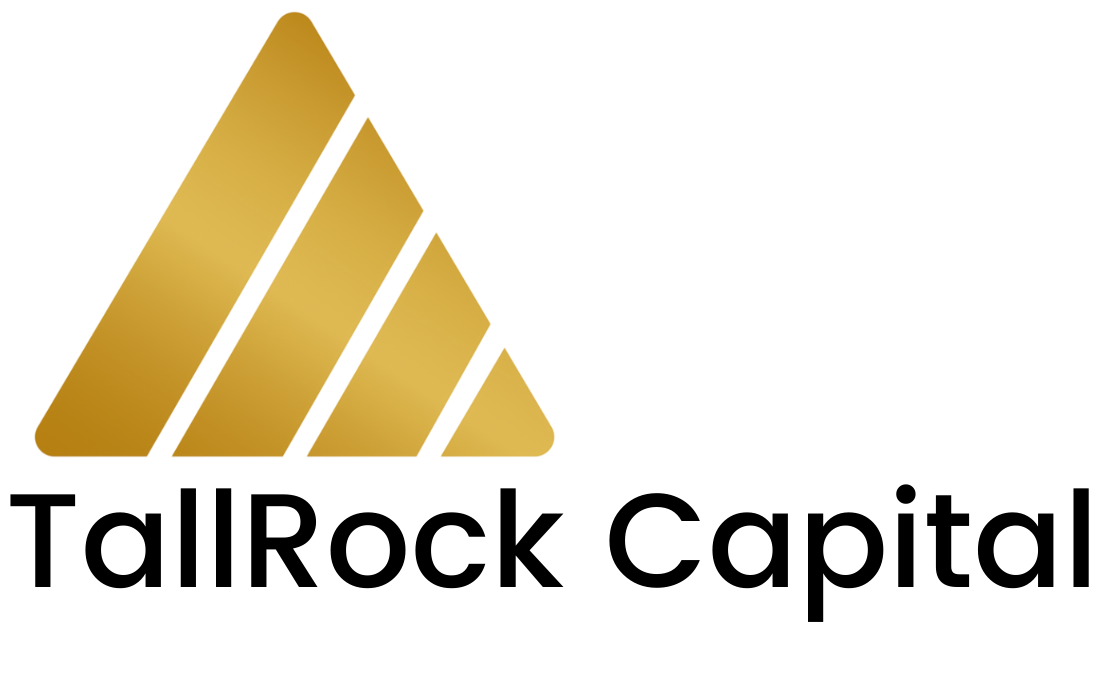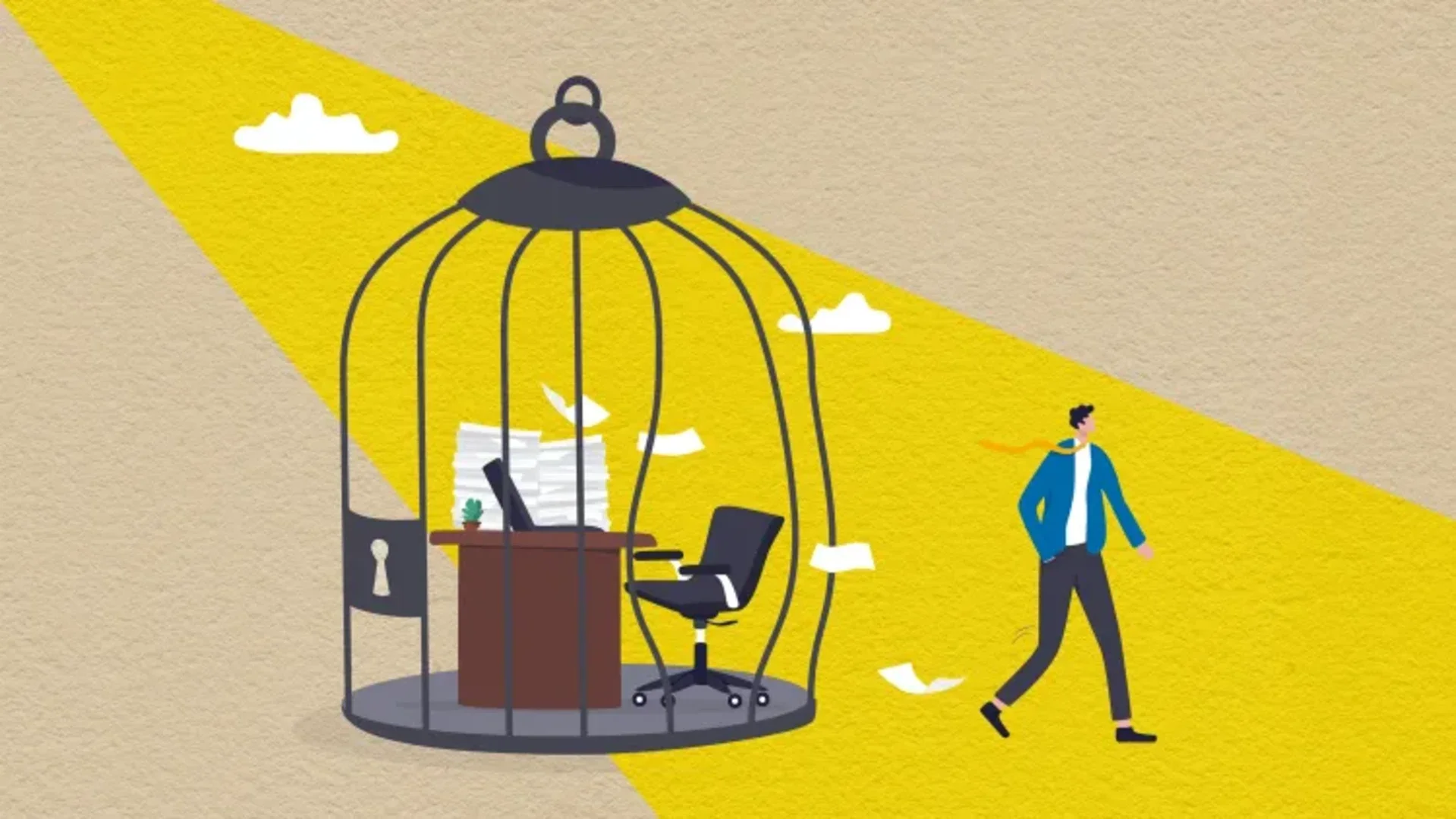Why Professionals Are Embracing Micro-Retirement, and How to Fund It
The traditional career path is a well-worn road: work for a few decades, build a nest egg, and retire in your 60s. But for a growing number of professionals, particularly in Singapore, this rigid timeline is being replaced by a more flexible approach. Instead of waiting until the end of their careers, they are taking intentional, self-funded breaks—a trend known as "micro-retirement"—to pursue passions, travel, or simply recharge.
At TallRock Capital, we see this shift as a reflection of changing values: a desire for experiences over endless accumulation. While a micro-retirement offers immense personal rewards, it requires meticulous financial planning. This guide will explore the rise of this trend and provide a strategic roadmap for how to make it a reality.
What is Micro-Retirement?
Micro-retirement is the practice of taking a planned, extended break from work—anywhere from a few months to a year—at different points throughout your career. Unlike a traditional sabbatical, which is often employer-sponsored, a micro-retirement is typically self-funded and part of a proactive lifestyle choice. It allows individuals to enjoy the benefits of retirement—such as time for leisure and personal development—without having to wait for decades.
Micro-Retirement vs. Traditional Retirement
Timing: Traditional retirement is a single event at the end of a career. Micro-retirement involves multiple, shorter breaks spaced out over a lifetime.
Funding: Traditional retirement is funded by a long-term pension, CPF, and investments. Micro-retirements are funded by short-term, dedicated savings.
Purpose: The purpose of traditional retirement is a permanent cessation of work. Micro-retirement is a temporary pause for a defined purpose—whether it's travel, personal projects, or upskilling.
Image: Adobe Stock
The Financial & Personal Drivers of This Trend
This shift in mindset isn't random. It's fueled by several key factors that are particularly relevant in Singapore's high-pressure work environment.
Changing Priorities
Many professionals today value experiences over material possessions. They are more interested in traveling, learning new skills, and pursuing personal fulfillment throughout their lives rather than just saving these activities for their 60s. This mindset shift is a direct driver of the desire for a micro-retirement.
The Rise of Burnout
Workplace burnout is a growing concern, especially in high-pressure industries like technology, finance, and healthcare. Long hours, constant deadlines, and increasing workloads have led to widespread stress and exhaustion. A micro-retirement offers a chance to step away, recharge, and return to work with renewed focus and motivation.
The Gig Economy & Remote Work
The rise of remote work, freelancing, and the gig economy has given many professionals the flexibility to structure their careers differently. They can take breaks between contracts or build passive income streams that allow them to step away from work for a while without sacrificing their financial security.
The Financial Reality: How to Fund Your Micro-Retirement
While the idea of a micro-retirement is appealing, the reality is that it requires a meticulous financial plan. Without a steady paycheck, you'll need to cover all your expenses—from daily living costs to health insurance and other financial obligations.
The "Sabbatical Fund"
The most important step is to create a dedicated savings fund specifically for your micro-retirement. We recommend saving up to 150% of your projected expenses for the duration of your break to provide a buffer for unexpected costs.
The Role of Passive Income
To make your savings go further, you can look for ways to generate passive income from your investments. This could include income from dividends, rental properties, or other assets that generate cash flow while you're not working.
Navigating Health Insurance and Benefits
One of the biggest financial challenges of a micro-retirement is losing your employer-provided benefits. You'll need to explore independent insurance options to ensure you have adequate health coverage during your break. It's also important to plan for a temporary pause in your CPF contributions and make up for it before and after your break.
Your Career and Financial Future, Aligned by TallRock Capital
Your career is your most powerful financial engine. The choices you make today—from the skills you acquire to the breaks you take—will directly impact your income and long-term financial success.
At TallRock Capital, we see career planning and financial planning as two interconnected parts of a holistic strategy. Our expert financial advisors specialize in helping you:
Build a Sabbatical Fund: We'll help you create a dedicated savings and investment plan to make your micro-retirement a reality.
Optimize Your Investments: We can help you manage your wealth to generate passive income and ensure your assets are working for you, even when you're not.
Plan for the Long-Term: We'll help you integrate your micro-retirement into a broader financial plan that includes retirement planning, housing, and other long-term goals.
Conclusion:
A micro-retirement is more than just a break from work; it's a strategic choice that can lead to greater personal fulfillment and professional growth. While it requires a disciplined financial approach, the rewards are immense.
Ready to align your career ambitions with a solid financial strategy? Contact TallRock Capital today for a complimentary consultation.
Disclaimer: This blog post is intended for informational purposes only and should not be construed as financial or career advice. The job market is subject to change. Always consult with a qualified financial and career advisor for personalized guidance on your specific situation.





